Primary Students AIM to Impress in French
by Alana Padilla, French Teacher -
Children love stories and love to play! This is why our Primary School French Programme incorporates these two aspects into its non-native language classrooms. We use the AIM Language Learning methodology, where students acquire their additional language with a story to guide their learning. Through the story, students learn to understand aurally, speak, read, and write in French.
One of the most effective and engaging ways for students to tell a story is performing in a play. This May and June, Grades 1-6 students had the opportunity to present their plays to their families and guardians, who were pleasantly surprised by their children’s speaking and presentation skills!
Through the AIM programme, students learn the language initially through listening, repeating, and moving through gestures. The gestures act as a kinesthetic and visual memory tool for the students. Once the students are familiar with the pronunciation of the vocabulary, reading and writing are introduced. In the early stages, students follow the gestures and repeat what the teacher says. When students need help finding the words to speak, teachers use the gestures to remind them.
Some parents were able to see this process in action as they arrived on the day of the play and saw students communicating with their teachers. The parents expressed how impressed they were with the method and saw how the gestures really gave the students the confidence to speak.
By telling a story, the students are able to connect to the language emotionally, and pictures and gestures aid in comprehension. The class studies the story in depth as the teacher asks questions about the characters, about what happens during the story, and about the students’ opinions regarding the story. With the repetition of the vocabulary and sentences, the objective is for the students to create their own phrases after hearing and seeing the sentence models in the play. As their oral skills improve, they do some reading and writing and they start asking and answering questions regarding the play. They will then be able to connect the vocabulary to real-life situations.
Preparing for the performance and performing for an audience also play important roles in the French-language acquisition programme. As the students prepare, they improve their reading and speaking ability by delivering their lines in a “natural” manner, replacing what I call “speaking like a robot.” They match their actions to what is being said in their play, which gives them a deeper understanding of the words and phrases.
In addition to all of the language lessons learnt, the students also get to use the many skills that they have learnt from drama and other classes. We reinforce the concepts of always angling oneself toward the audience, so they can see the actors’ faces and hear their voices while speaking loudly, clearly, and slowly.
Furthermore, organising the rehearsals and performances connects to our PYP units of “How we express ourselves” through the art of expression and “How we organise ourselves.” Students are given the opportunity to take leadership roles within their performance groups. They also take their time to organise themselves during the rehearsal process, create props, and learn to manage their time and behavior appropriately.
French Plays
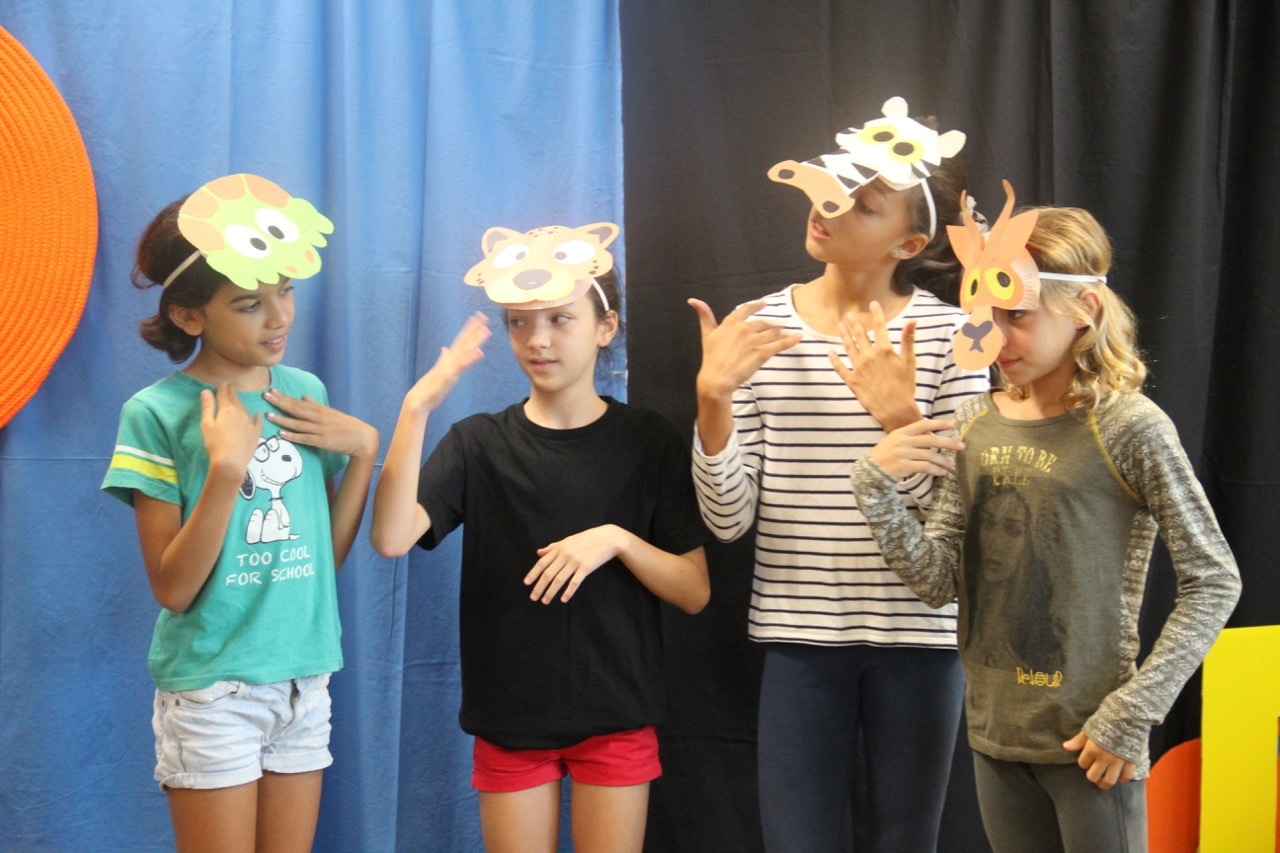
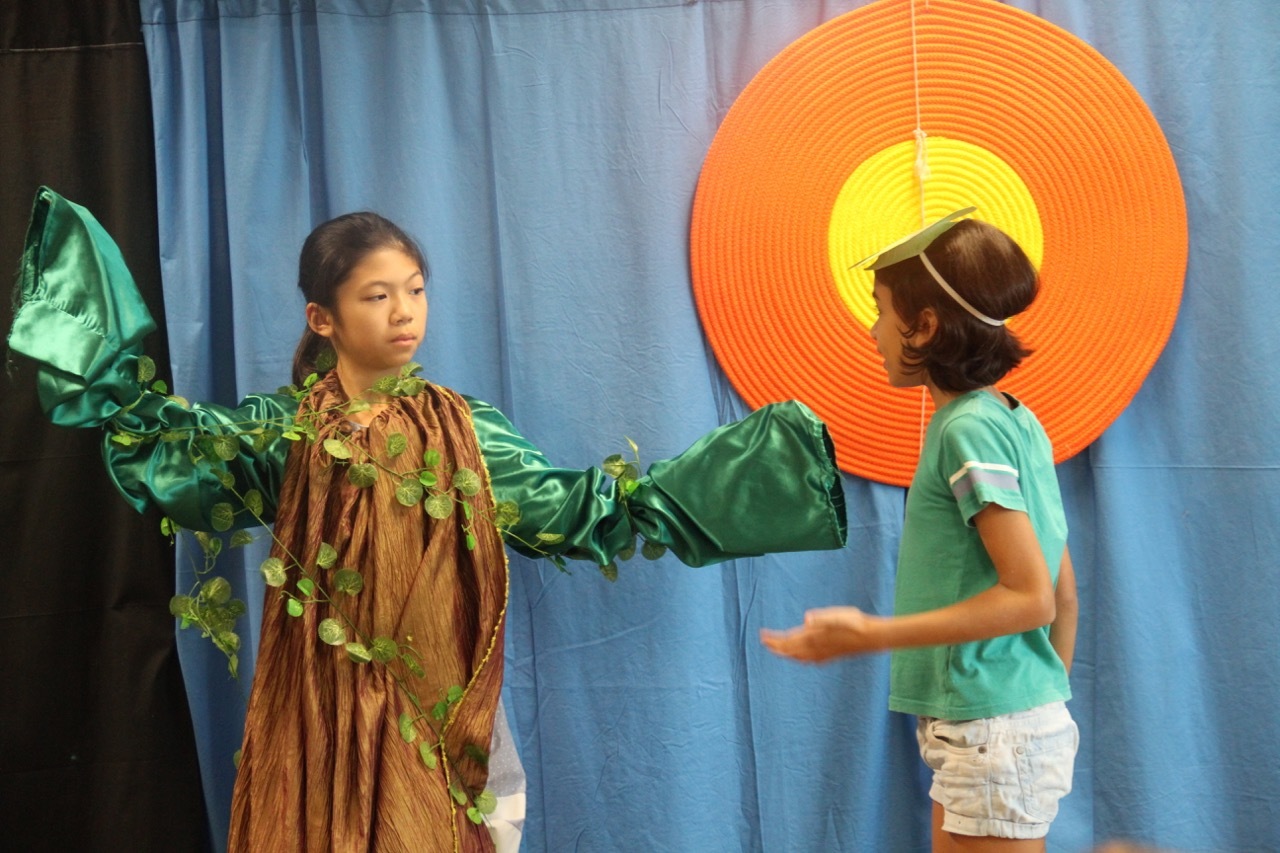
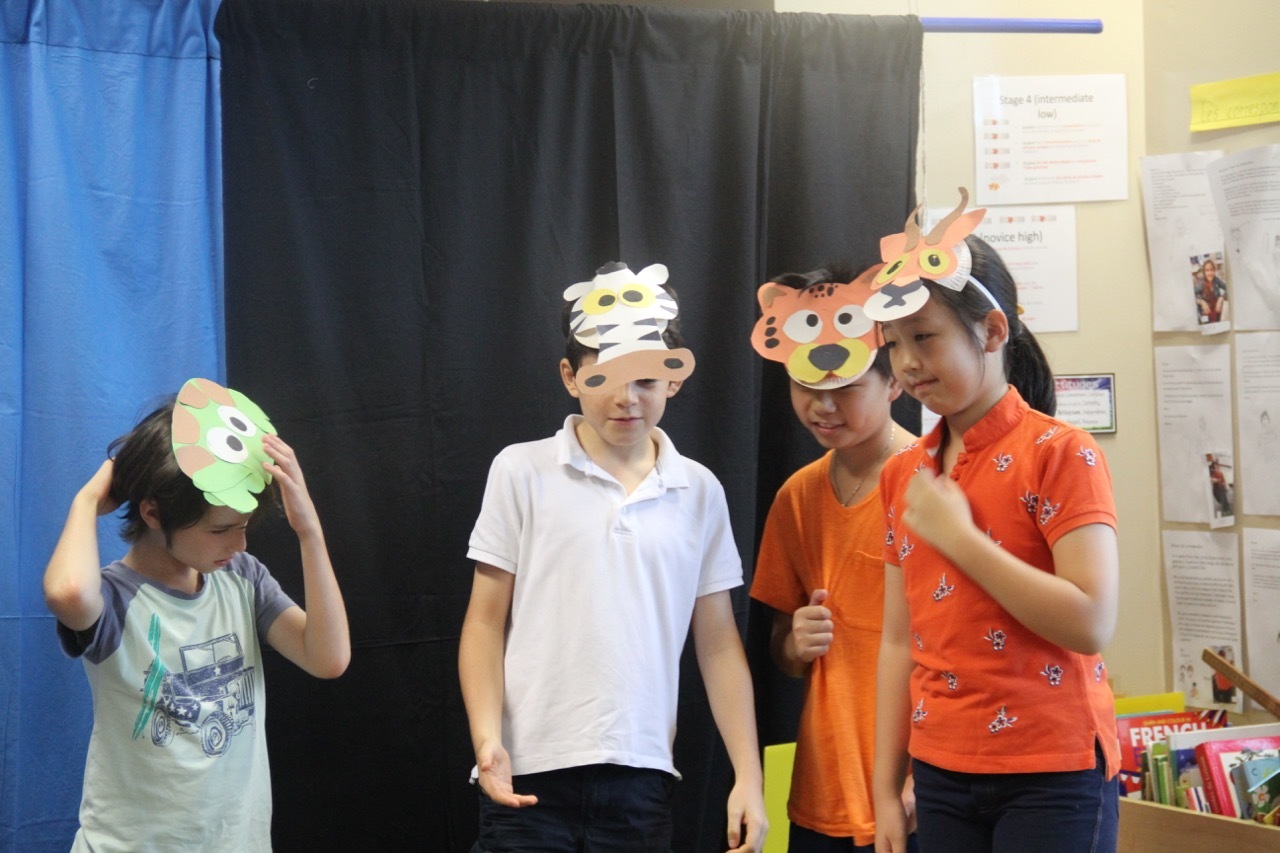
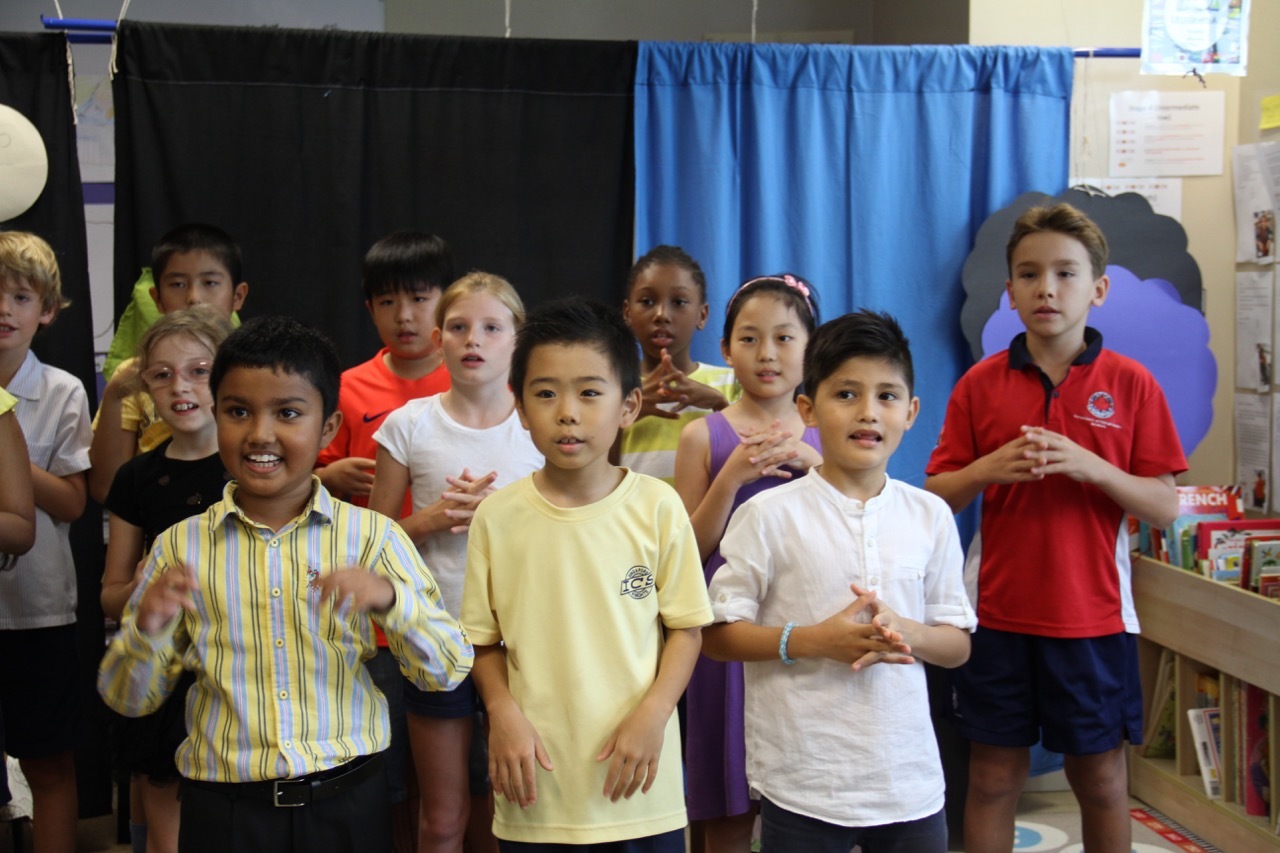
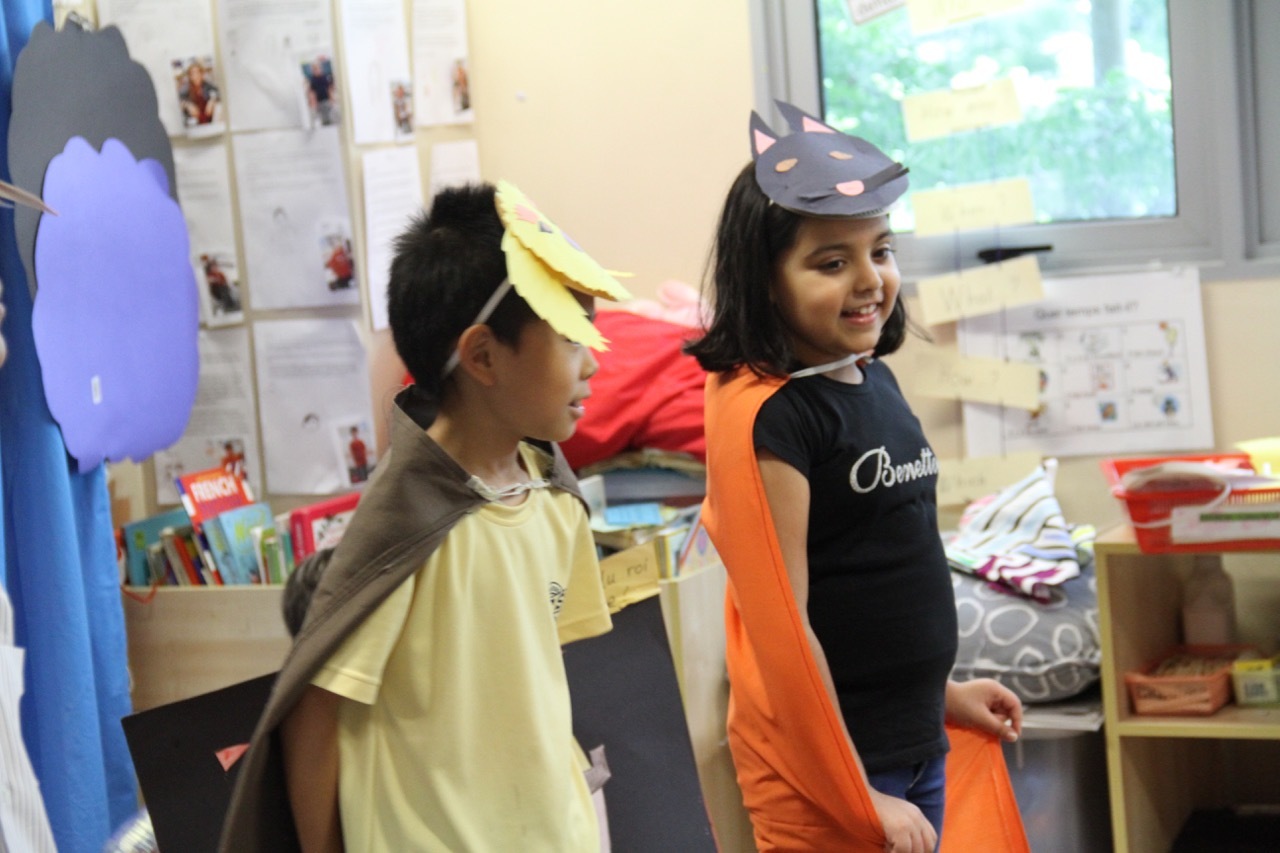
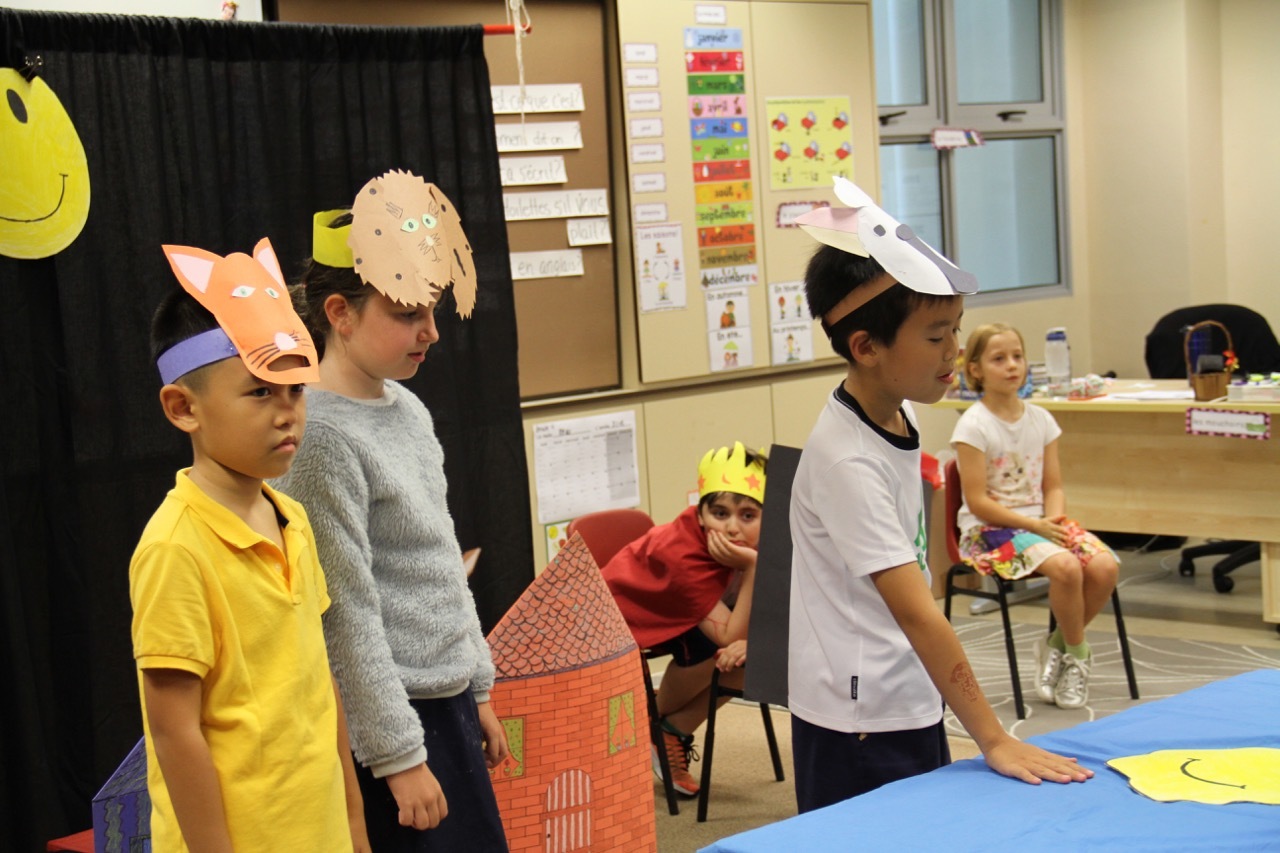
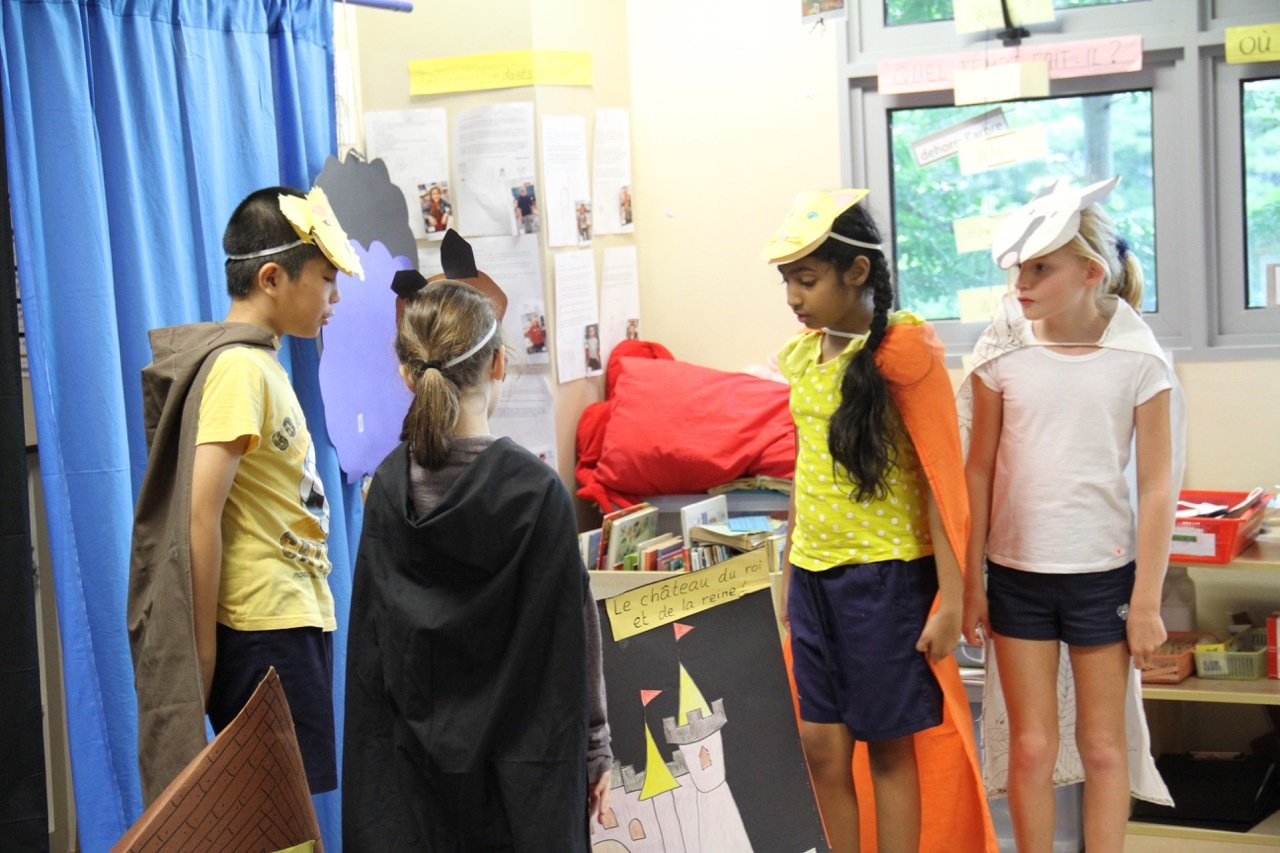
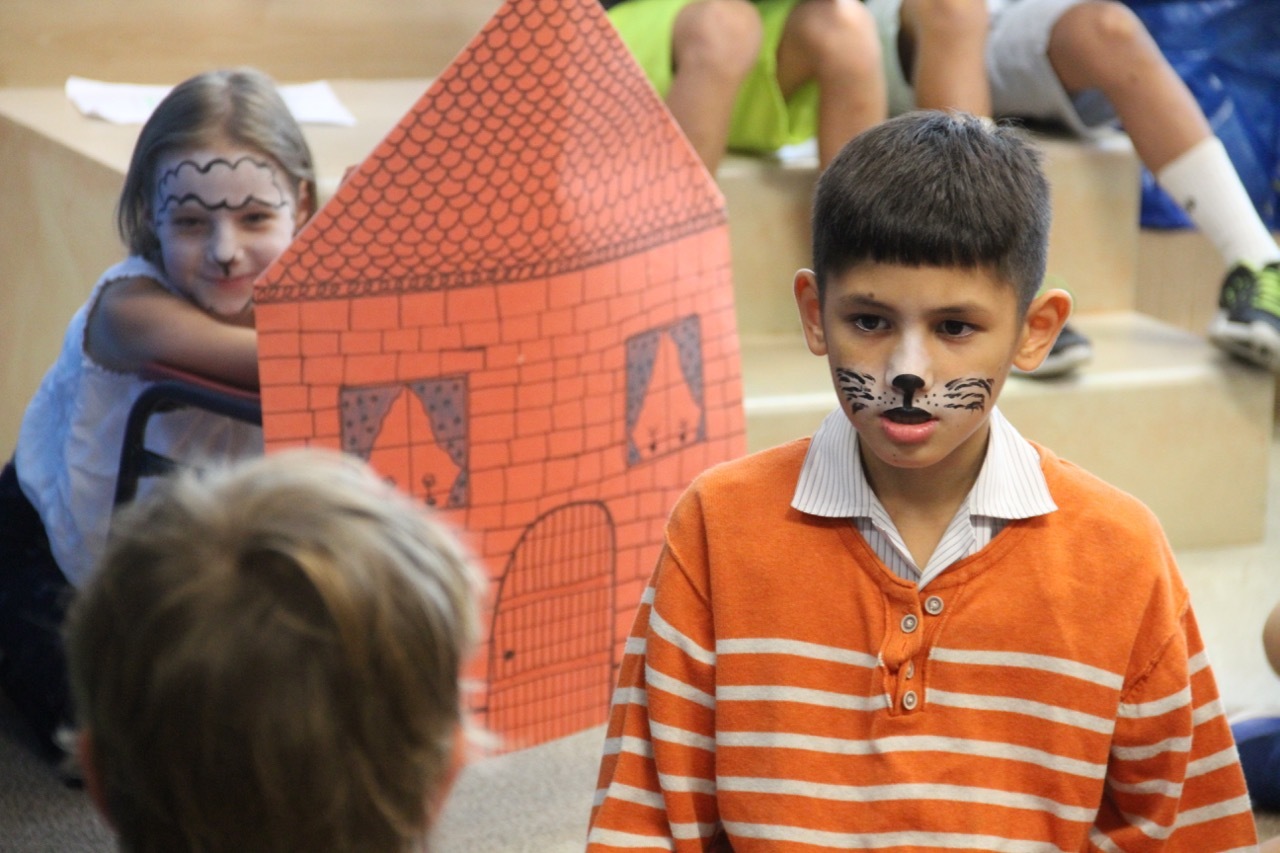
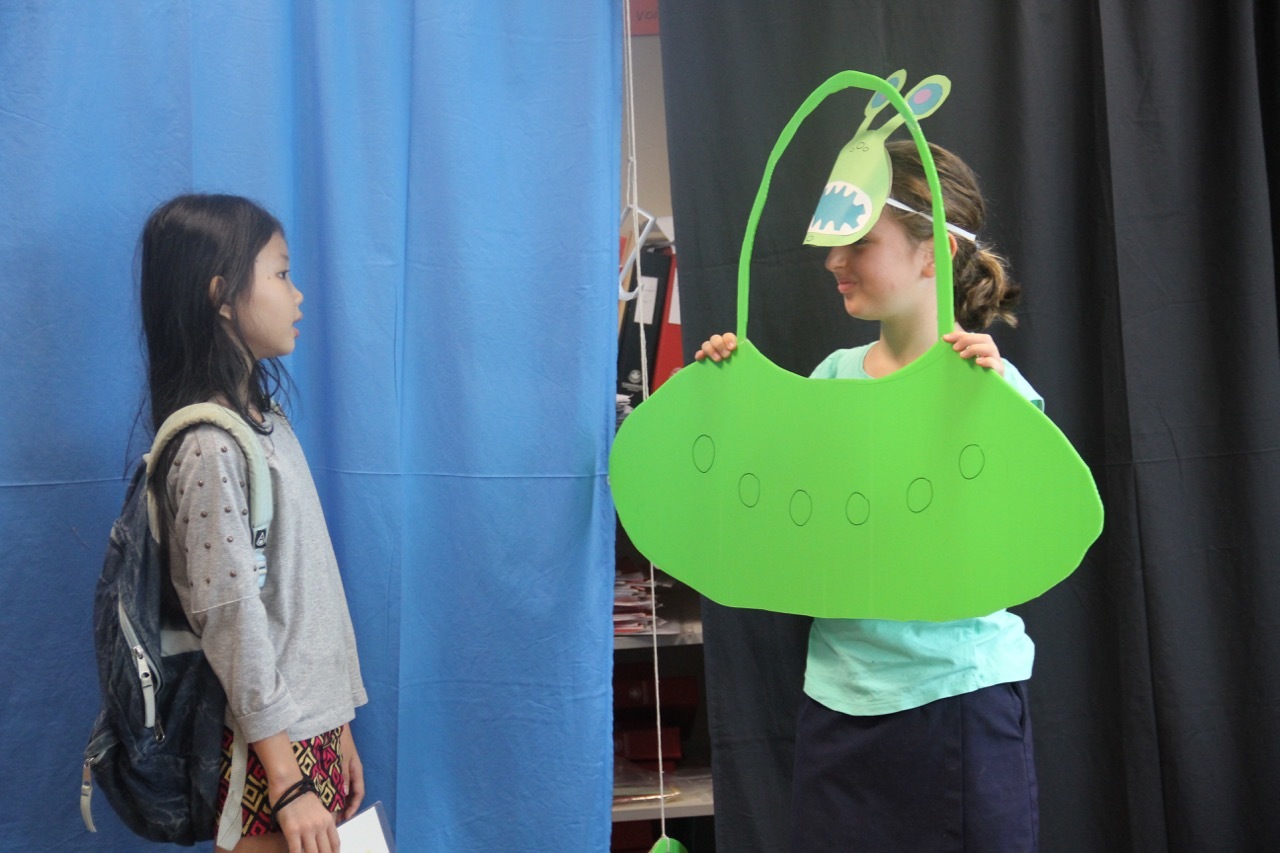
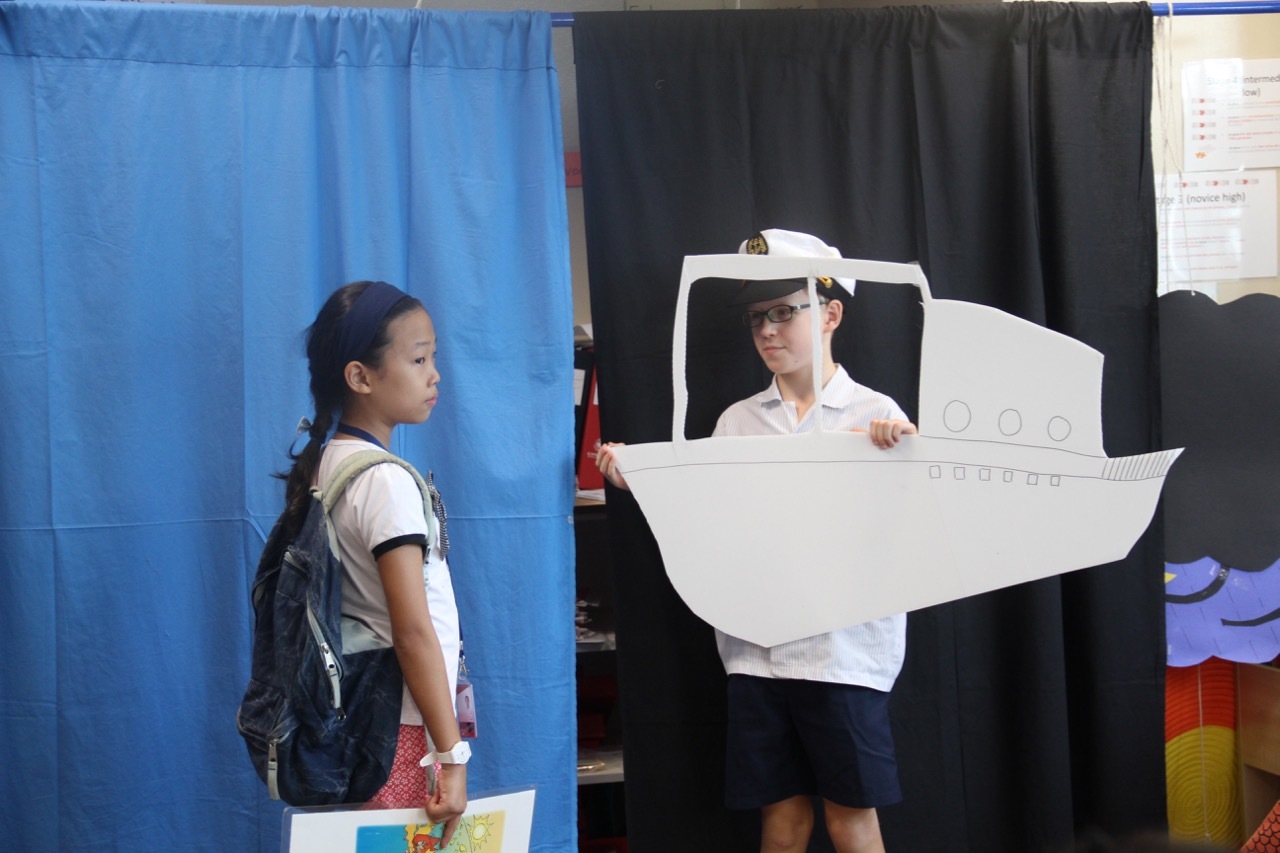
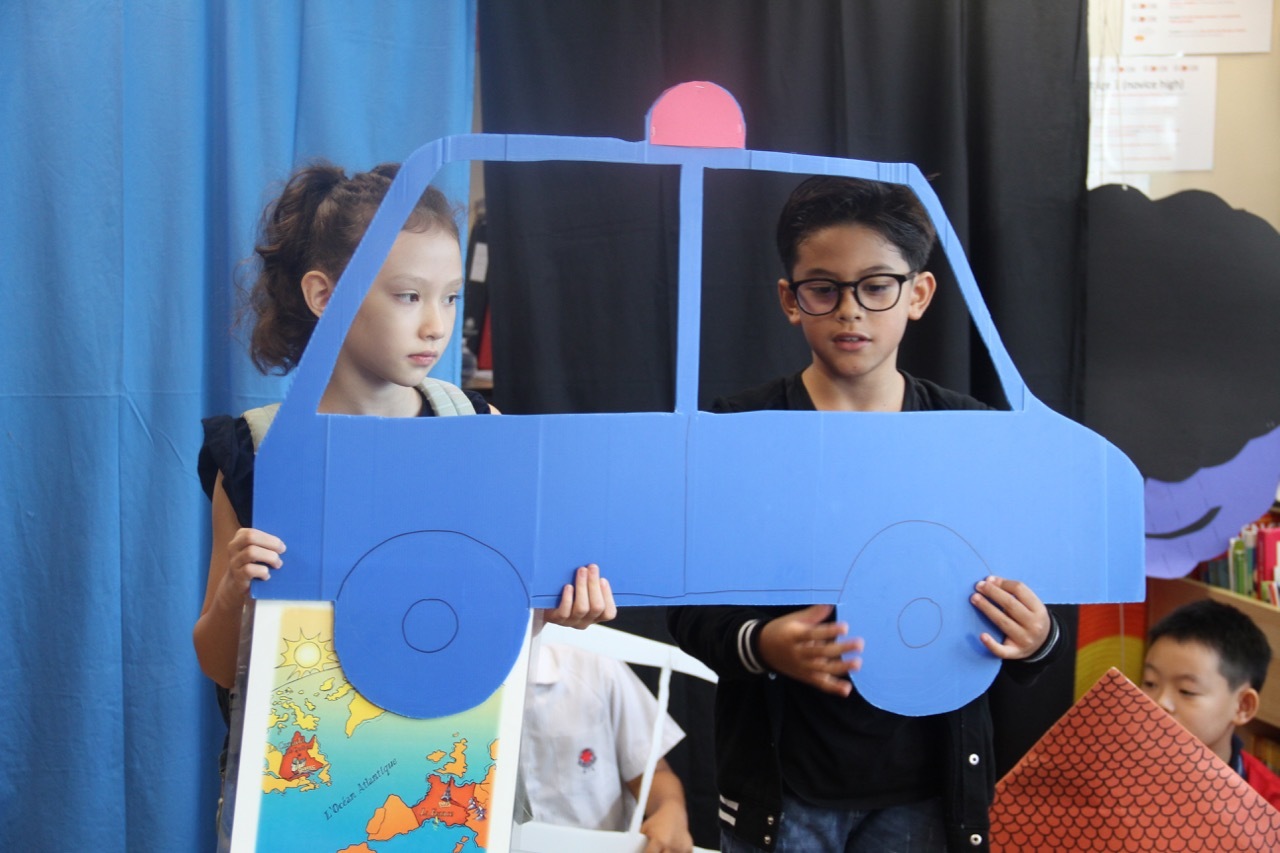
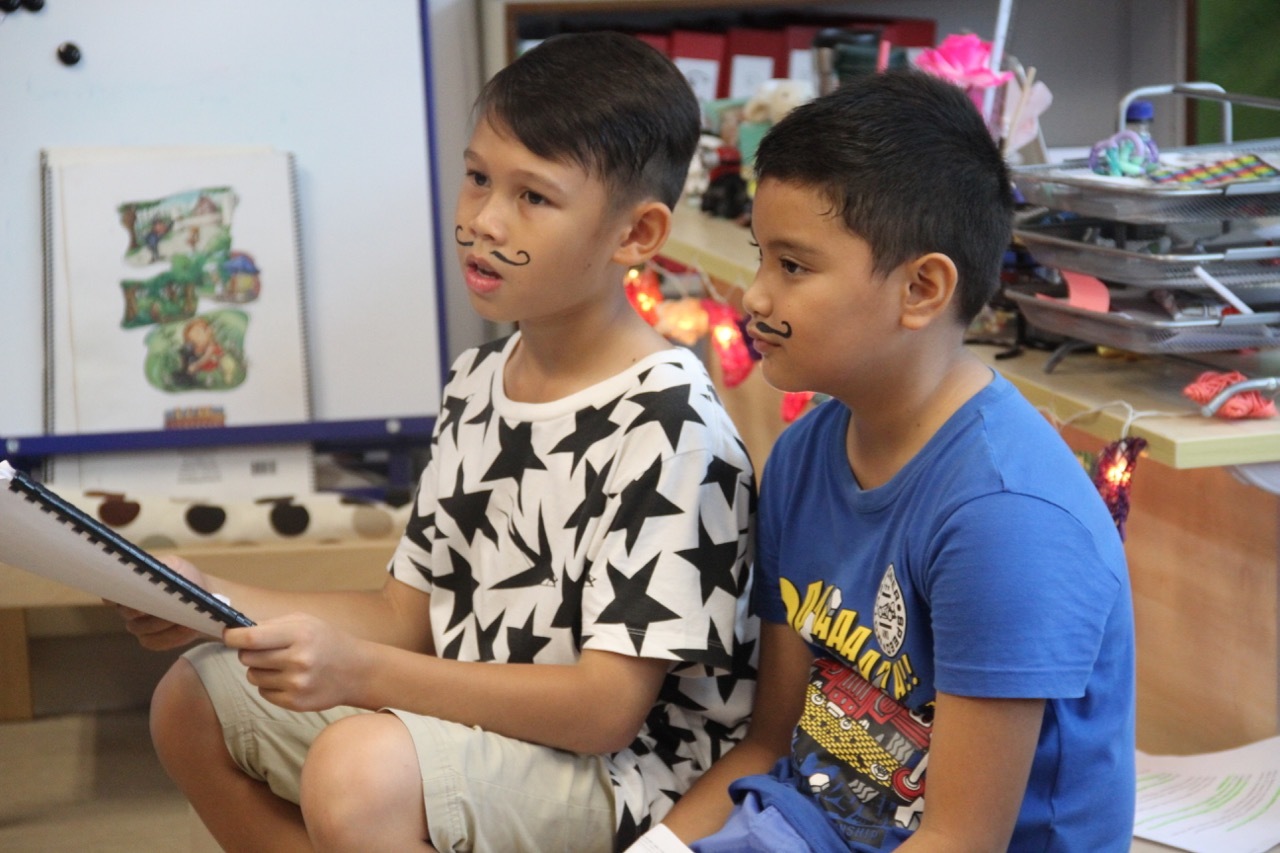
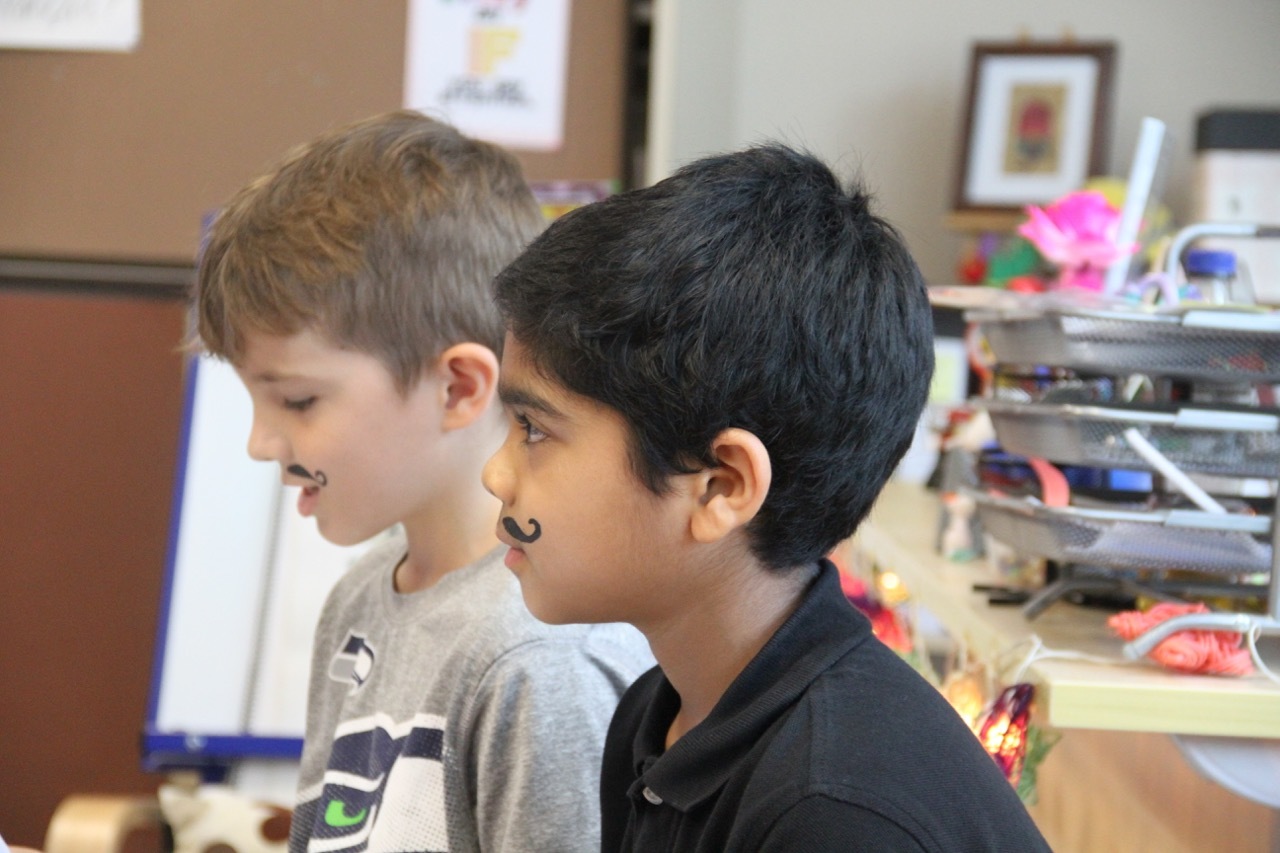
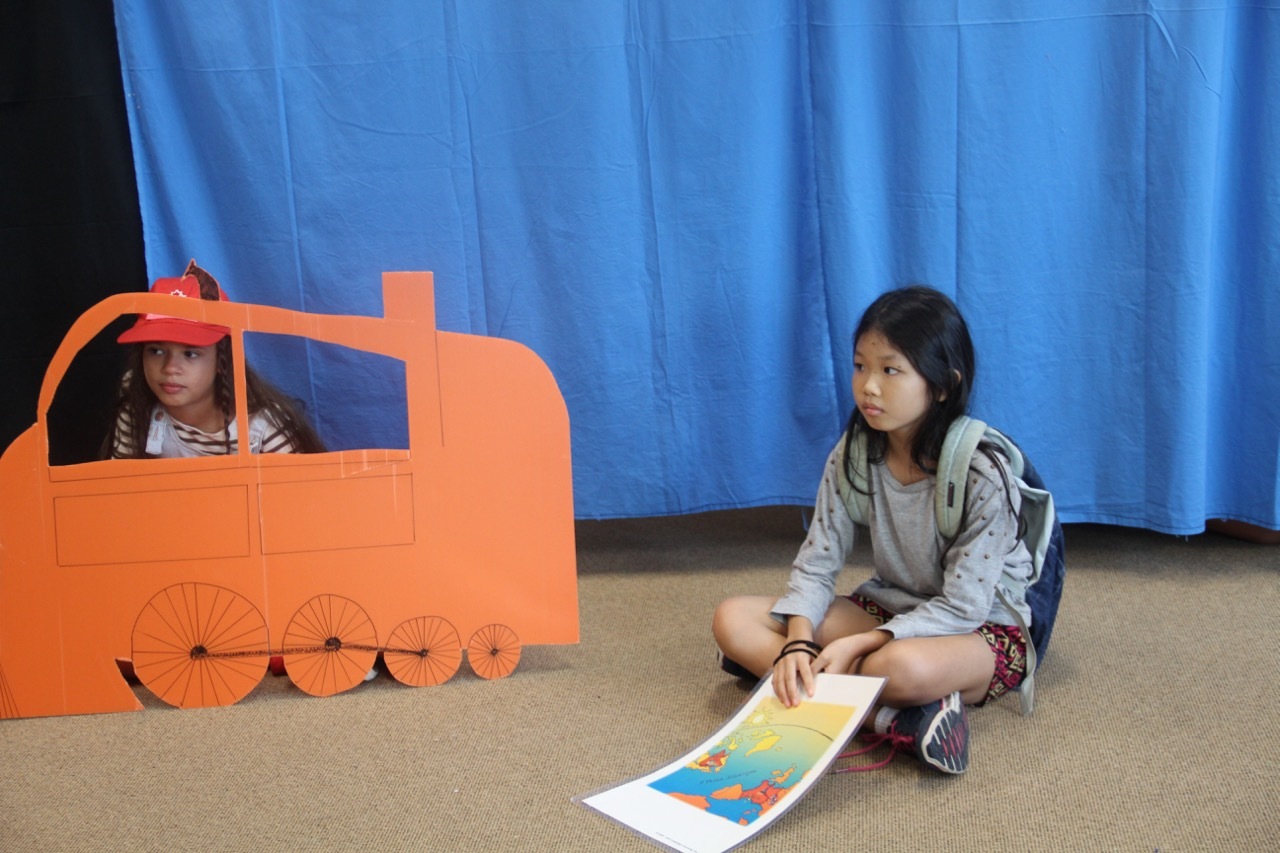
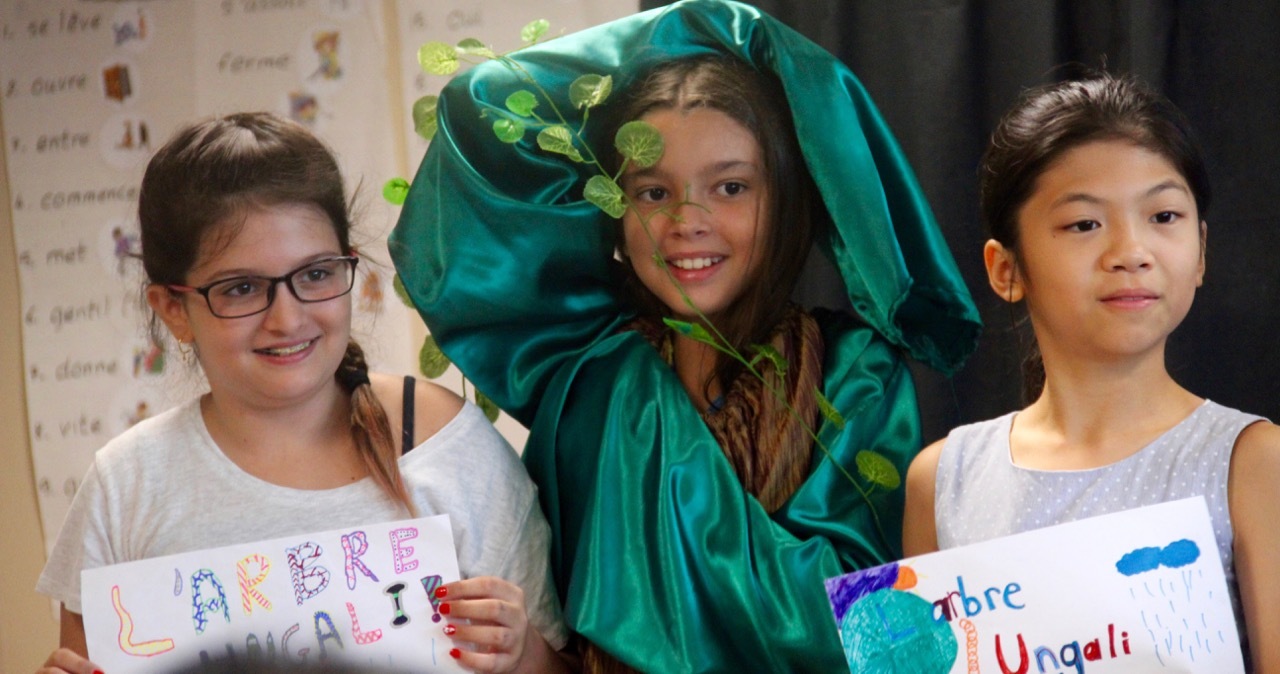
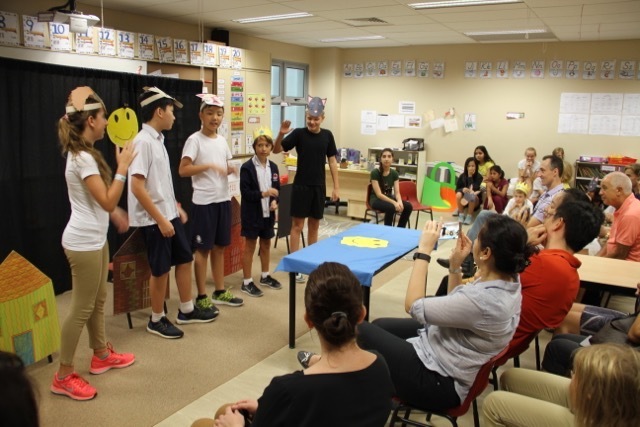
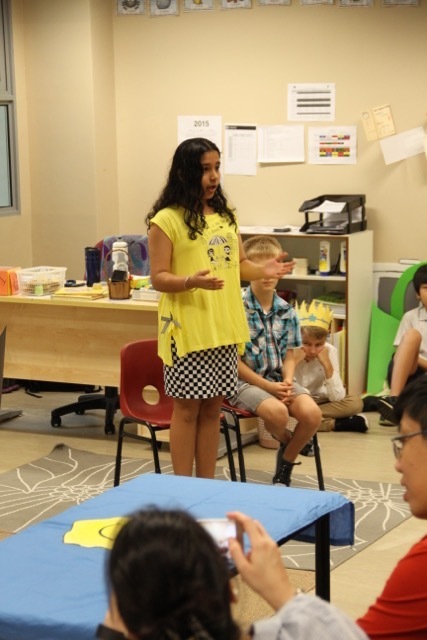
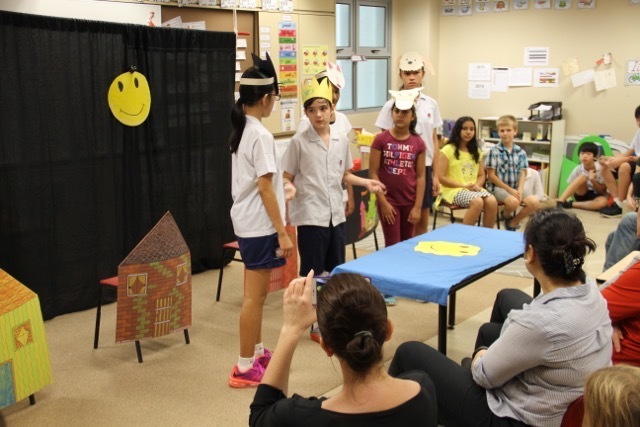
On the day of the play, the students were excited to perform to an audience. They worked extremely hard memorising their lines, learning their roles, and knowing where to stand. Students were nervous during the play as the parents came out in droves with their cameras, smiling faces, and their undivided attention.
All of the classes have been amazing risk-takers in speaking and performing in a new language in front of an audience! All of us French teachers were so pleased and proud of our students!
Bravo!